Welcome
Thanks for visiting Expat Heather! I’m an international educator, writer, and expat mom currently living in South Korea. On this site you’ll find things about living abroad, teaching in international schools, travel, hiking, and expat life.
My landlady Nasreen’s Sindhi Biryani Recipe went over well, so here’s the next one in the series: a simple vinegar roast. In Pakistan and North India this dish may be called “roast” or “broast.” It is commonly found at local fast food restaurants. English speakers may be surprised, but the dish is actually fried on the stove-top and not roasted in the oven. Where the name came from, I’m not exactly sure. Maybe some of the British soldiers who ate it were confused as to how it was cooked!
In Pakistan, when you buy meat cuts you buy them by the name of the dish they are used for, and not by the part of the chicken, cow or other animal. In the United States, we are used to buying chicken thighs, wings, breasts, etc. In Pakistan you need to know if you want handi cut (boneless chunks), karahi cut (smaller pieces on the bone), breast fillet, drumstick, biryani cut (whole chicken in small pieces), or roast (whole chicken in large pieces). This recipe really only works well with “roast” cut chicken. In other parts of the world, I’d suggest using the whole chicken cut into four or five large pieces, or a combination of thigh and wing/breast combination pieces.
Ingredients
– 1 whole chicken – roast cut (or substitute as mentioned above)
– 1 tsp salt
*1 tsp red chili powder (mirch)
*2 tbsp red chili sauce
-3 tbsp vinegar
-2 tbsp soy sauce
-1 tsp ground coriander
-1 tsp black pepper
-1 cup oil
Directions
Cut down on or delete the * items if you don’t want your chicken as hot and spicy as the South Asians like it.
1. Add dry spices (salt, coriander, pepper, chili powder) and vinegar, chili sauce, and soy sauce to the chicken and mix by hand. Make sure the chicken is covered.
2. Poke the chicken gently with a fork about 10 times in different places.
3. Let marinate for up to 2 hours. Alternatively you can just cook it right away, but the flavors won’t be as strong.
4. Add 3 tbsp oil to large, deep pot and let heat.
5. Add chicken and cook covered for 5 minutes on high heat.
6. Stir the chicken to make sure all parts are getting the heat. Then add the rest of the 1 cup of oil. Turn down the heat immediately and let it simmer.
7. Simmer for 25 minutes. The water will come out of the chicken and make the dish very liquid-like. Continue cooking covered until only a small amount of liquid remains. Roast is supposed to be a dry dish, but the chicken should soak up all that moisture.
8. As soon as the liquid has been reduced, remove the chicken from the heat and serve. Goes great piled over fresh French fries.
When I make this dish myself, I don’t add mirch (red chili powder) and I do add 1 tbsp of extra soy sauce. I cut down the red chili sauce from 3 tbsp to 2 tbsp, and that seems to be the right amount of spice for me. My husband dislikes coriander, but he didn’t even notice the ground coriander powder in the dish, so it was a success. When I was to indulge in spicy, succulent chicken, this is a dish that I’ll certainly turn to again.
The following are some of my favorite books about Pakistan.
1. The Dancing Girls of Lahore
by Louise Brown
An excellent first-hand account of life in Lahore’s red light district. British author and professor Louise Brown tells the story of Maha, the dancing girl, and her family. Since dancing girls are scorned by the rest of society, the red-light quarter has a culture all its own.

2. My Feudal Lord
by Tehmina Durrani
Durrani’s autobiographical novel details her life being married to a Pakistani politician and powerful feudal land owner.
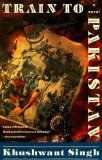
3. Train to Pakistan
by Khuswant Singh
Singh’s fiction about life in the Punjab during Partition is beautifully written and will help you put Pakistan’s current struggles into perspective.
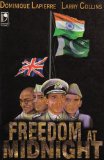
4. Freedom at Midnight
by Dominque Lapierre & Larry Collins
To understand Pakistan, you must understand the two-nation theory, Partition, and the horrible aftermath of the Partition decision. Freedom at Midnight reads like a screenplay and has been impeccably research by Lapierre and Collins. Read about Pakistan’s founding, the beginning of the Kashmir issue, and Gandhi’s struggle to keep India & Pakistan united.
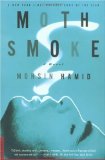
5. Moth Smoke
by Mohsin Hamid
Mohsin Hamid’s novel is set in Lahore and gives the reader insight into different classes of Pakistan society. The main character is a middle-class wannabe upper class jobless man who turns to selling drugs. The MA English rickshaw driver offers his own wisdom on every situation, and the parties of the rich and famous are described in detail.

6. I Dared to Call Him Father
by Bilquis Sheikh
This one is an autobiographical novel written by a prominent Muslim woman who became a Christian in Pakistan. Bilquis shares the details of her religious encounters, the alienation she faced from her family, and the new life she found after her conversion. In a country where 97% of the population is Muslim, Bilquis Sheikh’s story is a rare insight from one who has been both the religious majority and the religious minority.
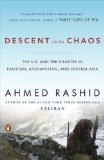
7. Descent into Chaos
by Ahmed Rashid
BBC journalist Ahmed Rashid’s book is chock full of details and analysis of the War on Terror and how it is being lost in Pakistan, Afghanistan and Central Asia. Rashid is widely acknowledged as an expert on the region, and it is fascinating to read his accounts of political events in South and Central Asia.

8. Shame
by Salman Rushdie
This is a book I read once before going to Pakistan and twice after returning. The setting of this fictional novel is “not quite Pakistan,” although reading it will surely clue you in to the workings of Pakistani society.

9. Three Cups of Tea: One Man’s Mission to Promote Peace…One School at a Time
by Greg Mortenson & David Oliver Relin
The story of Greg Mortenson’s work in Pakistan will definitely inspire the reader and proves the point that one person can make a tremendous difference. Greg offers rare insight into the different ethnic minorities of Pakistan’s Northern Areas through his autobiographical account of his work in the area.
Lodging
There are lots of places you can stay in Bangkok for 280 baht ($8) or less. Check out Asha Guesthouse ($8 for a private double, meaning just $4 per person per night) or Sukhumvit On Nut Guesthouse (205 baht for a bed in a 4-bed dorm). Use sites like Hostels.com to find the best option for you. If you’re traveling with a friend, you can get even cheaper deals by sharing a room. Set your budget around 280 baht per night for 2 nights to stay in the $100 overall budget.
Food
You can easily eat in Bangkok for 300 baht ($8.50) per day or less. Choose a hotel or guesthouse near a shopping mall and eat fresh, authentic Thai food for just 35 baht ($1) per meal. Both lodging options given above area near shopping malls. Small bottles of water from the 7-11 are only 7 baht (20 cents), so avoid paying double the price in tourist areas or restaurants.
Transport
Taxis to and from the airport shouldn’t cost more than 300 baht ($8.50) unless you’re paying tolls as well. Don’t take taxis during rush hour and you won’t run over your budget. Alternatively, take the free airport shuttle bus to the bus terminal (about a 5 minute ride) and then take a local bus to your hotel.
For in city travel, you can use the Skytrain (BTS), underground (MRT), and the ferry boats. A trip from one end of the city to the other, using both Skytrain and ferry, shouldn’t cost more than 60 baht ($1.72). Most trips won’t cost that much, so with taxis and local transport you can expect to pay about $15 for transport during your 2 days in Bangkok.
Attractions
On your first full day, you can ride the tourist boat for 120 baht, included in the transport budget. From here, you can see most of Bangkok’s main attractions, including Wat Arun (50 baht entrance fee), Wat Pho (50 baht), and the Grand Palace and Wat Phra Kaew (350 baht). Entrance fees for these attractions come up to $13, and many other temples and places you’ll visit are free. If you’ve got some money to spare, you can also get a Thai massage near Wat Pho for just 250 baht ($7.15) an hour. You can also visit the Royal Barge Museum or the Museum of Forensic Science if you can stretch to over $100.
On the second day, I’d suggest spending the morning learning how to cook Thai food with May Kaidee. The four hour cooking class, from 9am to 1pm, costs 1200 baht ($34), which can fit in your $100 budget. With May, you’ll learn how to make 10 dishes, and you’ll spend the morning not only cooking but also eating your creations! Spending time with May is a great way to learn about Thai culture and local cuisine.
In the afternoon, ride the ferry from May’s back to Saphan Taksin BTS (Central) and take the Skytrain to MBK mall near National Stadium BTS Station. You need to see Thai shopping malls to believe them, but make sure you take a complimentary map when you enter. Eat in the delicious food court and do some window shopping before walking down to check out the hip and trendy Siam Square. If you didn’t spend all of your food budget, there’s plenty of ways to spend it between MBK and Siam Square!
There you have it. You can easily do Bangkok for 2 days in $100, although giving yourself a bit more of a budget will allow you to practice your bargaining skills and get a few gifts or new wardrobe items to bring home. Although the Grand Palace and Wat Phra Kaew entrance fee is a bit steep at 350 baht, it’s totally worth going to see it. Enjoy your time in Bangkok!
With temperatures hitting 121 degrees Fahrenheit (49 C) and at least eight hours of power cuts daily, it can be difficult to deal with the heat in Lahore. Here are some practical suggestions to stay cool when it’s scorching hot and there’s no electricity.
Go Window Shopping
Who says you need to buy anything when you go out shopping? There are many shopping centers in Lahore that are always air-conditioned, even when there’s loadshedding (power cuts). When the power goes out head to your nearest Pace shopping center or other shopping mall.
Do Your Errands
Keep a list of errands you need to do in air-conditioned locations. For example: 1) Deposit checks at the bank, 2) Buy cake from Gourmet for tomorrow’s party, 3) Visit the eye-doctor and pick out new glasses. When the power goes out, jump in the car and start doing your errands. Usually loadshedding lasts for one hour, so try to time your errands so that you’ll be out long enough to miss the entire hour of loadshedding.
Keep a Dupatta (Scarf) in the Freezer
Alright, so this one might sound crazy, but don’t knock it until you try it! I was complaining about loadshedding, and my friend suggested that I try this method of staying cool. First, take an old lawn or cotton dupatta and wet it just a little bit. It should be damp, but not soaking. Twist it up or roll it into a ball and put it the freezer. Within a few hours, your dupatta will be frozen. When the power goes out, take out your frozen dupatta and drape it over you.
Make Your Bathtub into a Swimming Pool
If you have a bathtub, keep it full with cold water. If you can’t bear the heat, put on your swimsuit and jump in the tub. You can settle down with a good book and relax until the power comes back on. If it’s nighttime, light some candles and pretend you are at a spa. Give yourself a facial while you’re at it. An hour spent relaxing in the cool tub will be much more enjoyable than an hour spent sweating and passed out on the floor.
Enjoy a Cold Coffee at a Café
Cafés have been springing up all over Lahore for the last couple of years. Don’t want your work to be interrupted by loadshedding? Grab your laptop or study materials and go to the nearest air-conditioned café. A cold coffee or a smoothie will cool you down and give you an energy boost to continue your work.
Go Visiting
Can’t afford a generator or a UPS this year? Keep a list of friends who have generators and don’t live too far away. When your power goes out, make an impromptu visit to your friends. If you live in an upper portion, chances are that your dwelling place will be significantly hotter than a lower portion. Go visit someone who lives on the ground floor rather than melting in your upper portion.
Take Cold Showers
Take cold showers regularly to keep your body temperature down. At night, you can jump into the shower with your pajamas on and come out soaking wet. Even if it’s loadshedding, your wet clothes should keep your cool for at least an hour so that you can get some sleep. Just make sure you’re wearing colorfast clothes. It’s not nice to wake up and find that you’ve turned blue and tie-dyed your sheets during the night!
Thanks to the Thesis Theme for WordPress, ExpatHeather has undergone a major redesign. After using iWeb for six months, I decided it was time to swap over to WordPress before putting more work into the site. I love the look and functionality of the new site and am much more motivated to blog now!
A few kinks are still being worked out. If you use the custom search bar you may get results from the old website that have been deleted. Since I swapped blogging platforms, all the old urls are no longer valid. If you had bookmarked any particular page from the old ExpatHeather you will need to swap the reference for the new links.
I’m still working on the Pakistan, ESL, Links and Photography pages, as I’m actually planning to publish over a 100 informative articles about expat life in Pakistan and dozens of free ESL lesson plans on the new site. I’ll also be blogging regularly about travel, expat life and world issues.
Thanks for stopping by, and I hope you enjoy the new ExpatHeather!




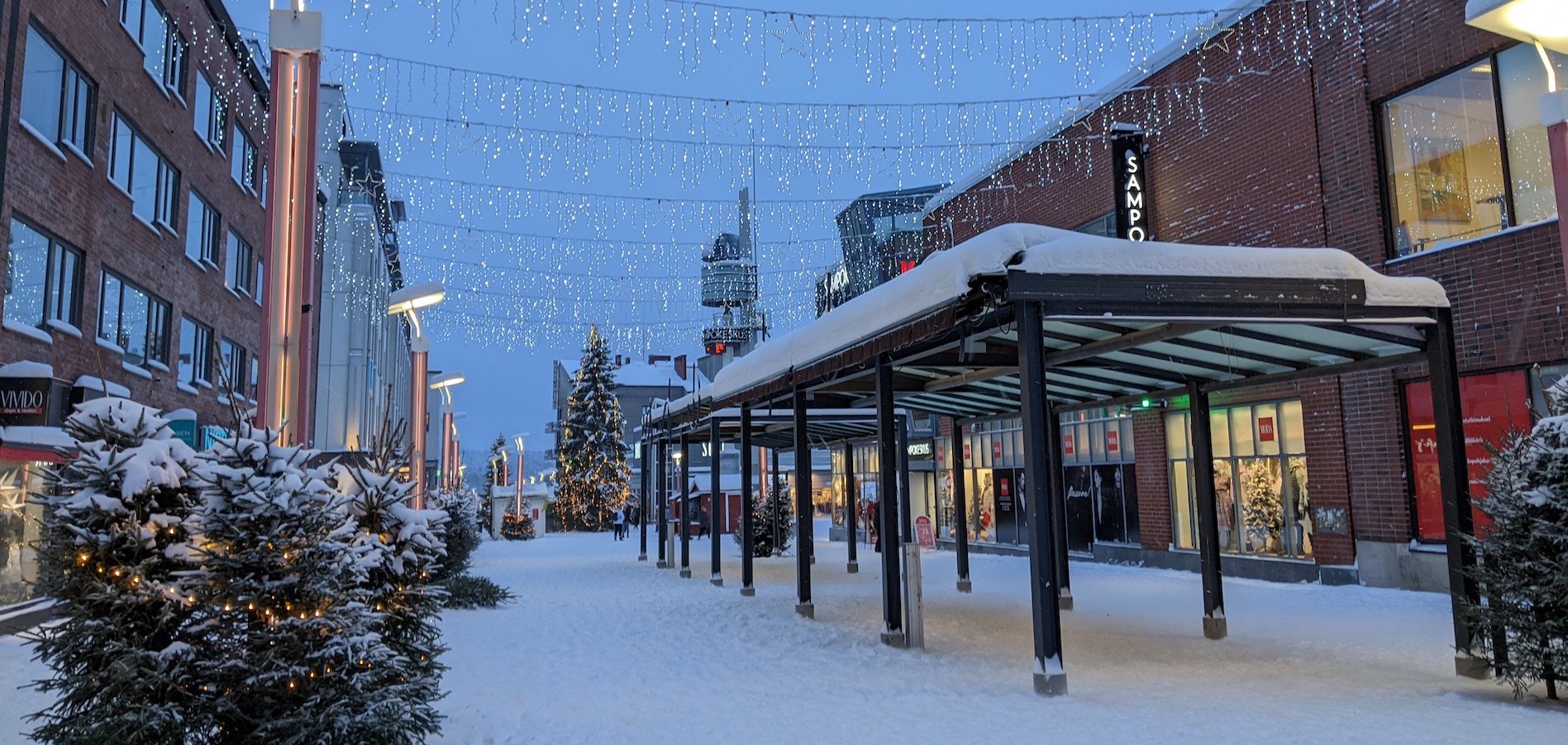
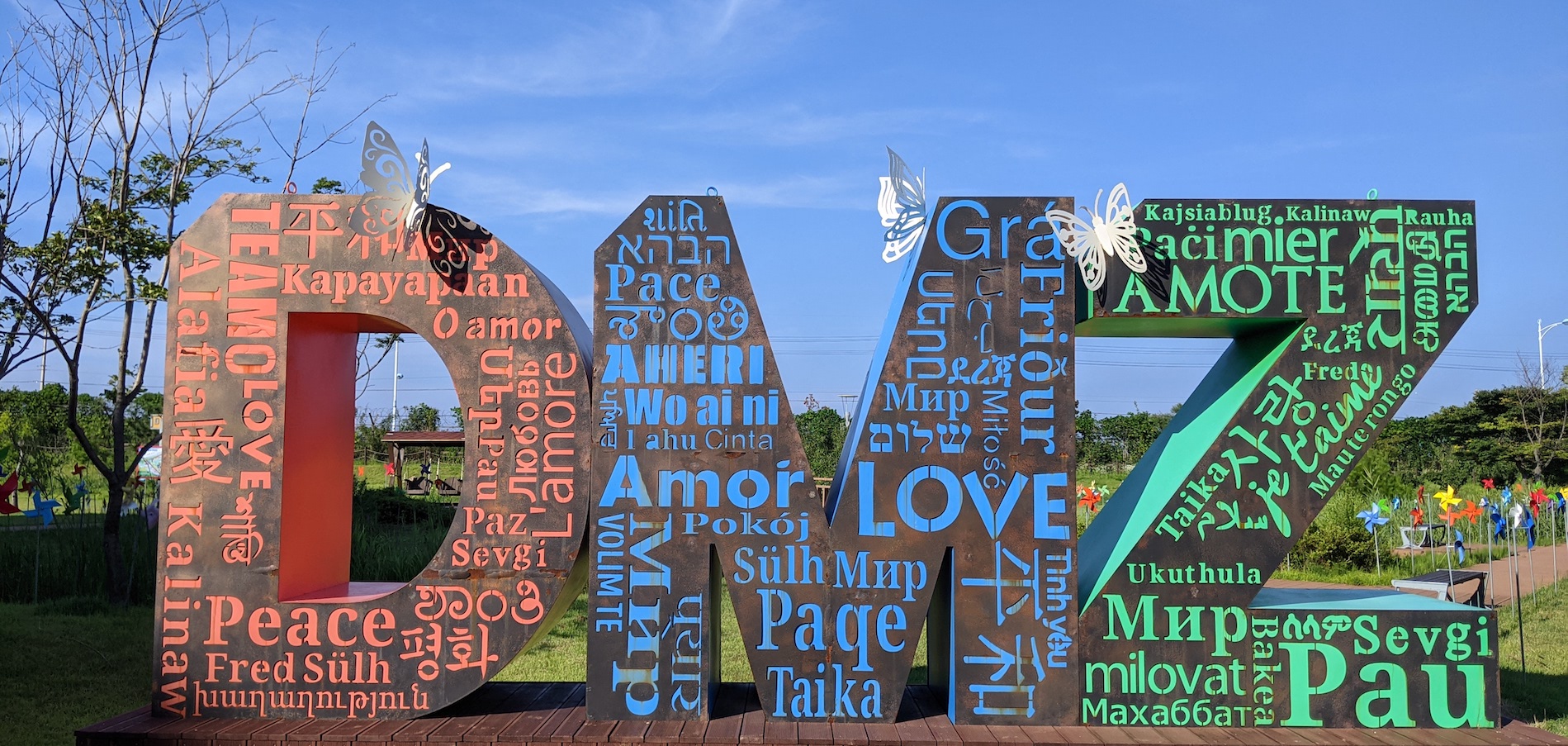
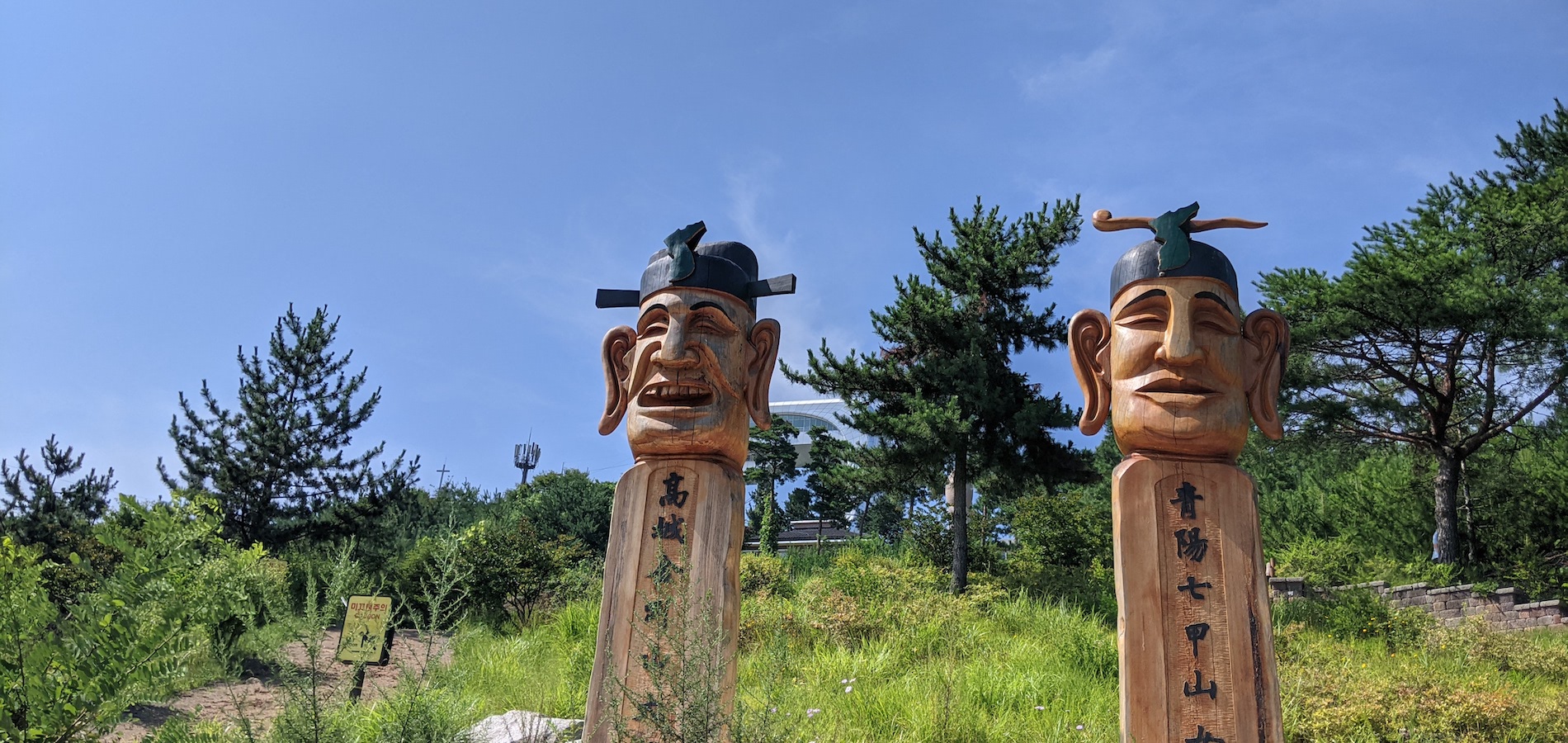
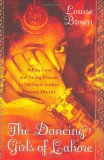
Recent Comments